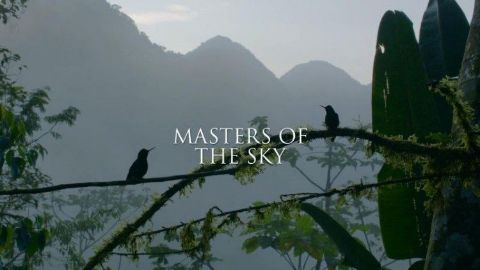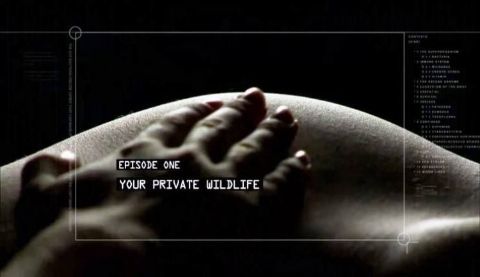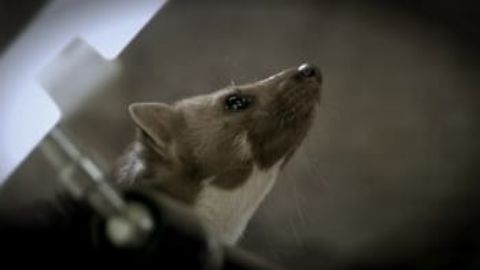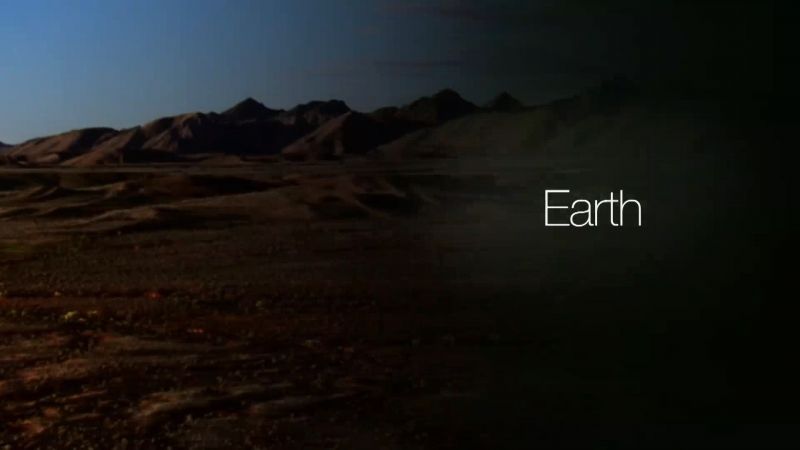Levison Wood Walking With... • 2023
Levison Wood tracks down some of the most iconic but endangered animals on Earth and gets a better understanding of how they are surviving against worsening odds. Chapter 1: Orangutans Deep in Borneo's forests, Levison meets the last-remaining endangered orangutans, and learns more about their unique lives and their environment, as they face the threat of deforestation and poaching. Chapter 2: Lions In Namibia's extreme environment, Levison tracks down some of the last remaining desert lions and learns about the vital work that's giving them a fighting chance of survival. Chapter 3: Polar Bears Levison travels deep into the vast arctic wilderness of east Greenland to track down some of the most elusive populations of polar bears on the planet. But will he get up close and personal with one?
Make a donation
Buy a brother a hot coffee? Or a cold beer?
Hope you're finding these documentaries fascinating and eye-opening. It's just me, working hard behind the scenes to bring you this enriching content.
Running and maintaining a website like this takes time and resources. That's why I'm reaching out to you. If you appreciate what I do and would like to support my efforts, would you consider "buying me a coffee"?
Donation addresses
BTC: bc1q8ldskxh4x9qnddhcrgcun8rtvddeldm2a07r2v
ETH: 0x5CCAAA1afc5c5D814129d99277dDb5A979672116
With your donation through , you can show your appreciation and help me keep this project going. Every contribution, no matter how small, makes a significant impact. It goes directly towards covering server costs.





